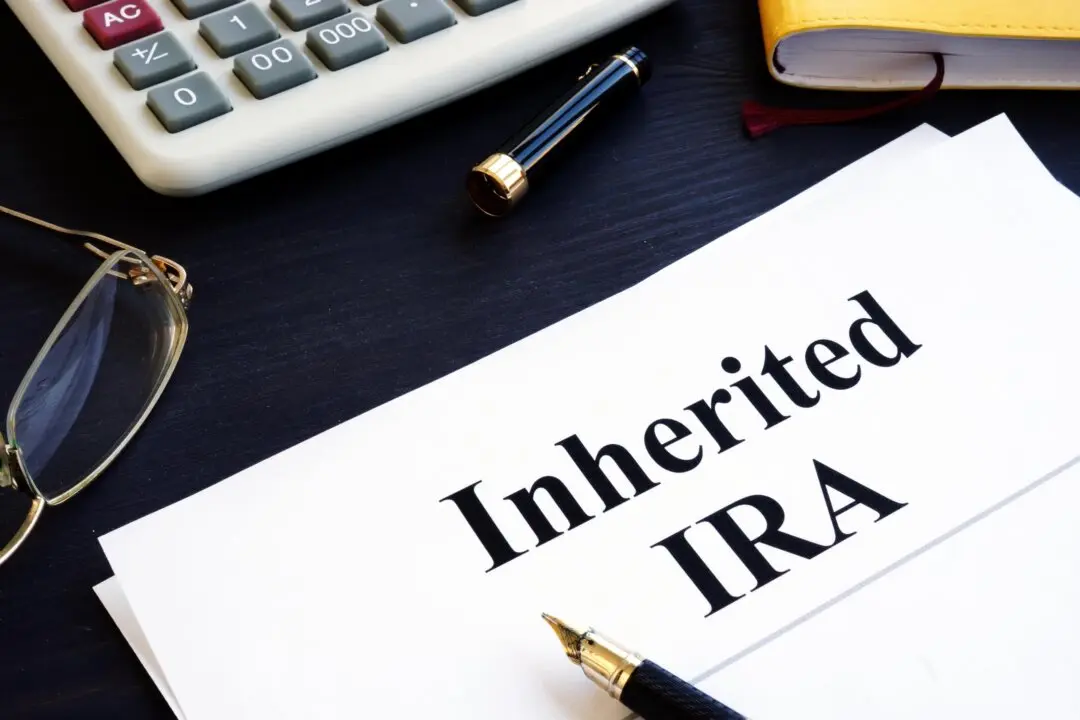The world is becoming more and more automated. You can use technology to monitor your health, learn new skills, and protect your home. So why not let it manage your investments?
That’s where robo-advisers step in. A robo-adviser is a digital platform that uses advanced algorithms to recommend and manage an investment portfolio on your behalf.






